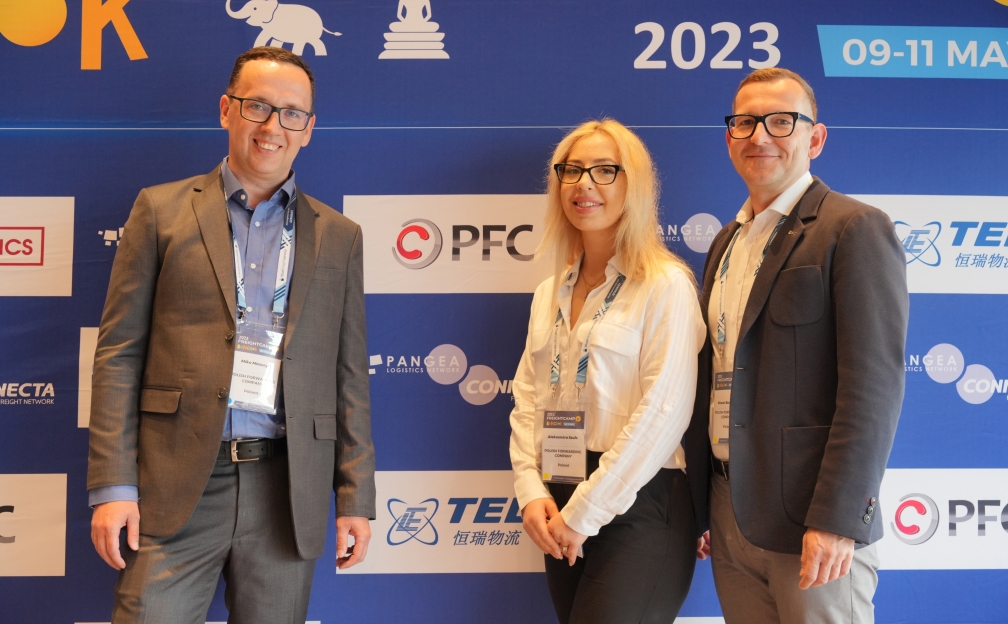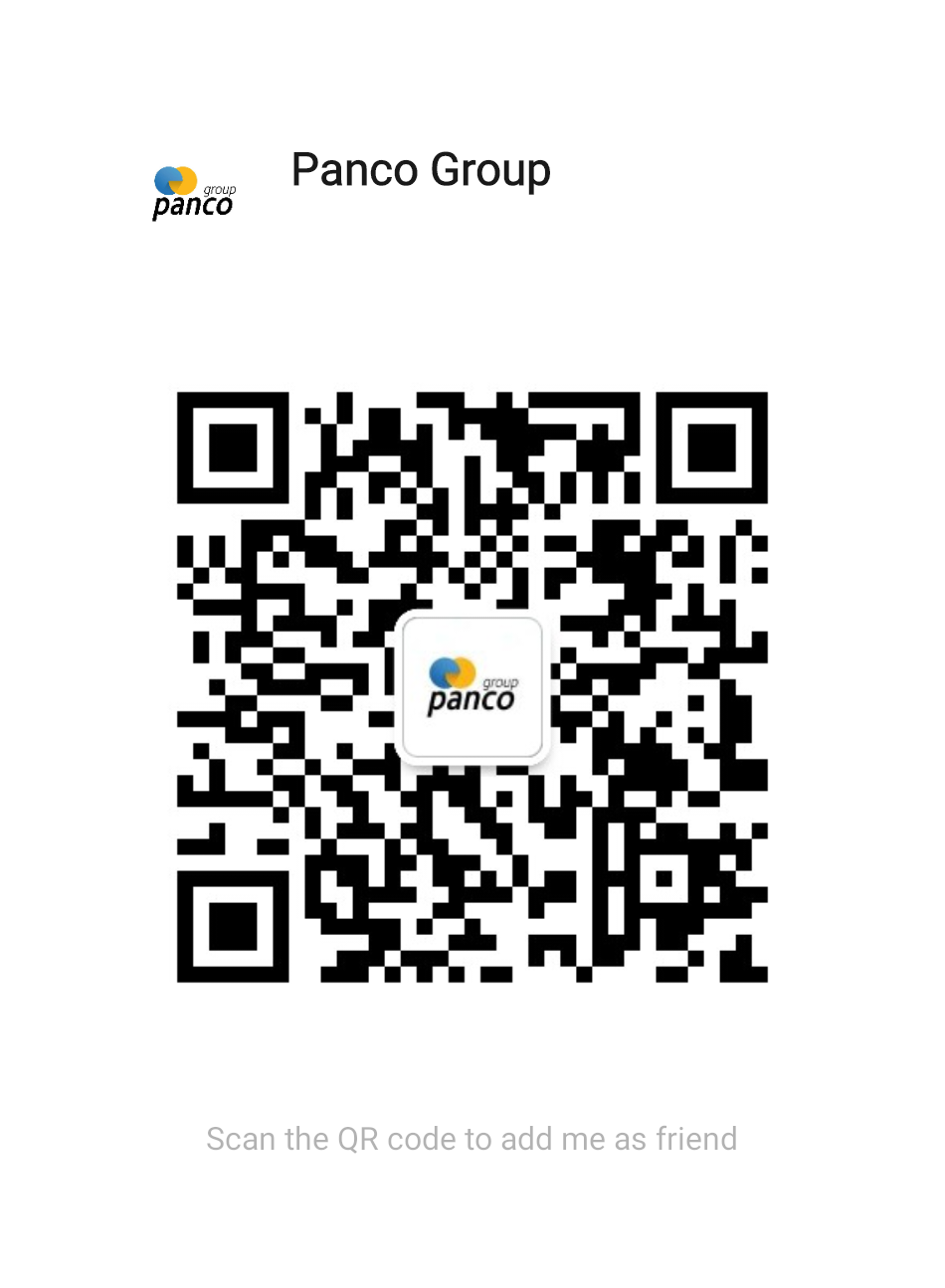
Bangladesh has carved its place on the global economic map as a powerhouse of the Ready-Made Garments (RMG) sector. This industry, the backbone of Bangladesh’s economy, has transformed the country into one of the world’s largest garment exporters, second only to China. Exporters, logistics providers, customs brokers, and e-commerce businesses alike are heavily invested in the country’s RMG supply chain due to its pivotal role in global trade.
In this blog post, we will explore the multifaceted world of Bangladesh’s RMG industry, examining its origins, economic contributions, challenges, and future prospects. Whether you are a freight forwarder, logistics provider, importer/exporter, or e-commerce entrepreneur, this comprehensive overview will offer valuable insights into why Bangladesh’s RMG sector matters to you.
1. The Rise of Bangladesh’s RMG Sector
A Historical Perspective
The journey of Bangladesh’s RMG industry began in the late 1970s and early 1980s. With limited industrial infrastructure, the country relied on manual labor for production. However, low production costs, a large and trainable workforce, and favorable government policies catalyzed the growth of the sector.
Key milestones in its development include:
- Establishment of EPZs (Export Processing Zones): EPZs provided incentives like tax breaks and eased regulatory environments for garment manufacturers.
- Quota Advantages: The Multi-Fiber Arrangement (MFA) quotas allowed Bangladesh to gain access to Western markets during its early growth phase.
- Post-MFA Era: After the MFA phase-out in 2005, Bangladesh remained competitive due to its low costs and increased production capacities.
Today, Bangladesh’s RMG industry is a multi-billion-dollar sector, contributing significantly to the global garment supply chain.
2. Economic Contributions of RMG to Bangladesh
A Pillar of Growth
The RMG sector is Bangladesh’s most significant export industry, generating over 80% of the country’s export earnings. Its contributions to the economy are multifaceted:
- Employment Creation: The sector employs over 4 million workers, with women making up more than 60% of the workforce, empowering women and reducing poverty.
- GDP Contribution: RMG accounts for about 11% of Bangladesh’s GDP, making it a cornerstone of economic activity.
- Foreign Exchange Earnings: The industry generates over $42 billion annually in export revenue, primarily from key markets like the US, EU, and Canada.
3. Major Markets and Buyers
Global Demand for Bangladesh’s Garments
Bangladesh exports RMG products to over 150 countries. Its largest buyers include:
- United States: Accounting for approximately 18% of total exports, the US is a major destination for Bangladeshi apparel, especially knitwear.
- European Union: Countries like Germany, the UK, and France are key importers due to Bangladesh’s duty-free access under the Everything But Arms (EBA) initiative.
- Canada and Japan: Both countries have shown increasing interest in Bangladeshi garments due to quality and cost advantages.
 4. Product Categories
4. Product Categories
What Does Bangladesh Export?
Bangladesh’s RMG industry specializes in a diverse range of garments catering to various markets:
- Knitwear: T-shirts, sweaters, and casual wear are among the top exports.
- Woven Garments: Shirts, trousers, and jackets dominate this category.
- Specialty Clothing: Sportswear, outerwear, and value-added garments are gaining traction.
- Eco-Friendly Clothing: With global demand for sustainable fashion rising, Bangladesh is investing in green manufacturing and organic fabrics.
5. Why Bangladesh?
Competitive Advantages in the RMG Industry
Several factors make Bangladesh a preferred destination for global garment buyers:
- Cost Efficiency: Low labor costs and economies of scale make Bangladeshi garments highly competitive.
- Mass Production Capacity: Bangladesh’s factories can handle large-volume orders, which is a significant advantage for fast fashion retailers.
- Trade Agreements: Duty-free and quota-free access to the EU and other markets ensures cost advantages.
- Compliance and Certifications: Many factories in Bangladesh meet international standards for safety and sustainability, appealing to socially conscious brands.
6. Challenges in the RMG Sector
Navigating Hurdles
Despite its success, the RMG industry faces several challenges:
- Worker Safety: Tragic incidents like the Rana Plaza collapse highlighted the need for stringent safety measures.
- Supply Chain Disruptions: Events like the COVID-19 pandemic exposed vulnerabilities in the global supply chain.
- Competition: Emerging players like Vietnam and Cambodia are creating competitive pressures.
- Environmental Impact: The sector is criticized for water pollution and waste, necessitating eco-friendly practices.
- Logistical Bottlenecks: Inadequate port facilities and road infrastructure often delay shipments, increasing costs for exporters and freight forwarders.
7. Sustainability in the RMG Sector
The Green Revolution
Sustainability is no longer a choice but a necessity in the RMG industry. Buyers demand eco-friendly practices, and Bangladesh is rising to the challenge:
- Green Factories: Bangladesh is home to over 180 LEED-certified green garment factories, the highest globally.
- Circular Fashion: Recycling and upcycling practices are being adopted to reduce waste.
- Energy Efficiency: Many factories are investing in renewable energy to lower their carbon footprint.
For logistics providers and importers, the shift toward sustainable practices could mean additional certifications and documentation requirements.
8. Opportunities for Logistics and Freight Forwarding Companies
Role of Supply Chain Stakeholders
The RMG sector’s scale and complexity create opportunities for logistics and supply chain companies:
- End-to-End Services: Managing garment shipments from factories to global retailers involves warehousing, customs clearance, and shipping.
- Technology Integration: Digital tools like track-and-trace systems are in high demand to ensure transparency.
- Port Modernization: Investments in Bangladesh’s port infrastructure, such as the Payra and Matarbari deep-sea ports, will enhance export capabilities.
Customs brokers and freight forwarders can play a crucial role in streamlining export procedures for RMG products, reducing lead times and costs.
 9. E-Commerce and RMG
9. E-Commerce and RMG
A Growing Nexus
The rise of e-commerce has opened new avenues for Bangladesh’s RMG industry:
- Direct-to-Consumer (DTC) Brands: Many Bangladeshi manufacturers are launching their own brands online, bypassing intermediaries.
- Quick Turnaround: E-commerce demands faster production cycles, encouraging investments in automation.
- Global Reach: E-commerce platforms provide Bangladeshi RMG manufacturers access to new markets.
Logistics providers specializing in last-mile delivery and warehousing can capitalize on this trend by partnering with manufacturers and retailers.
10. Future Prospects
What Lies Ahead for Bangladesh’s RMG Industry?
The future of Bangladesh’s RMG industry appears promising, but it requires strategic planning and innovation:
- Diversification: Expanding into high-value products like technical textiles and luxury apparel.
- Automation: Investing in robotics and AI to improve efficiency and reduce dependency on manual labor.
- Market Expansion: Exploring untapped markets in Africa, South America, and the Middle East.
- Policy Support: Government initiatives to improve infrastructure and offer tax incentives for green manufacturing.
For stakeholders like importers, freight forwarders, and e-commerce players, these developments present both opportunities and challenges.
 Conclusion
Conclusion
Bangladesh’s Ready-Made Garments (RMG) sector is a cornerstone of global trade, driving economic growth, employment, and exports. Its adaptability, focus on sustainability, and innovative practices point to a promising future despite existing challenges.
For freight forwarders, logistics providers, customs brokers, importers, exporters, and e-commerce businesses, the RMG industry presents vast opportunities for collaboration and growth. Staying updated on industry trends and aligning with its evolving demands can help you play a pivotal role in Bangladesh’s export success.
This dynamic sector offers countless possibilities. Whether managing shipments or ensuring timely deliveries, your role is essential to the RMG industry’s global achievements. With the right expertise and support, navigating this market becomes effortless.
Ready to connect with Bangladesh’s RMG industry? Let us simplify your logistics and trade processes. Visit Connecta website to discover how we can support your success in this vibrant global sector.




 4. Product Categories
4. Product Categories 9. E-Commerce and RMG
9. E-Commerce and RMG Conclusion
Conclusion



